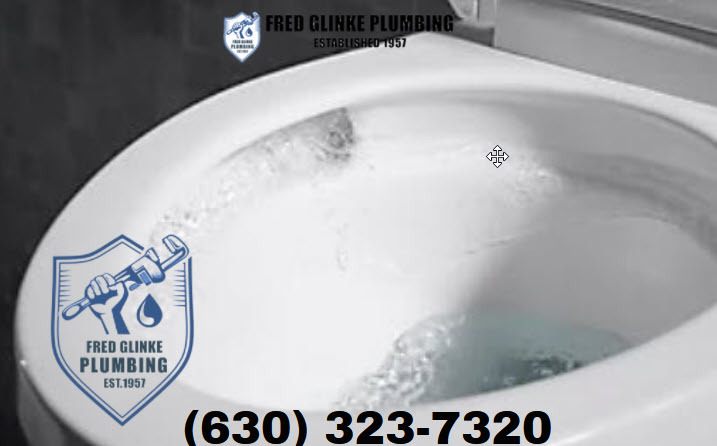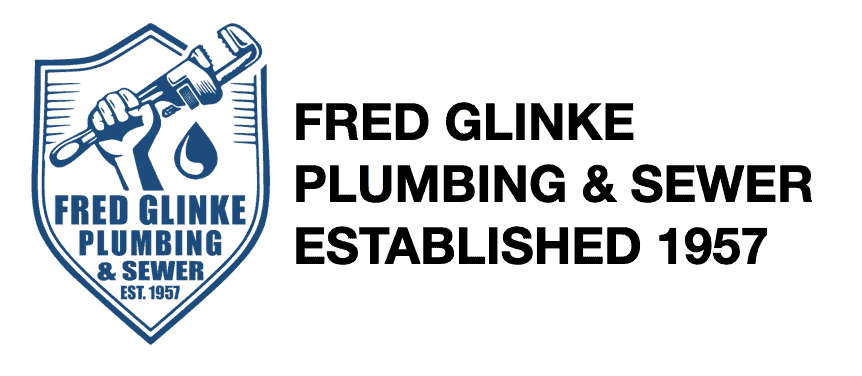If you have had a toilet overflow, it can leave your bathroom feeling wet and smelling bad. There are many causes of an overflowing toilet: The most common cause is that the tank is too full. You may need to call a plumber or drain cleaner for help with this type of problem. Other potential causes include clogs in pipes, human error, or even animals such as rats who chew through pipes.
We will go over what to do if your toilet overflows on its own and how to prevent it from happening again.
It's not uncommon to have an occasionally overflowing toilet run over onto bathroom floors when they become too full; however, there are several ways you can avoid this issue before it occurs. First off, you should never flush paper towels, sanitary napkins, tissues or any other non-flushable items. Doing this can cause a blockage within the toilet and lead to an overflow.
If you've already had an overflow occur, there are a few steps you can take to solve the problem. You may want to unclog your toilet before other problems arise. This will help prevent future issues with clogs and overflows. To do so, simply remove the tank top lid and use a toilet plunger or plumber's snake to unclog the toilet.
Another thing you can do is pour a bucket of warm water into the clogged toilet bowl to help dissolve any blockages. Don't worry if this overflows out onto your bathroom floor, because everything will be okay. If it becomes too full again, repeat these steps.
If an overflow occurs, it is very important to clean and sanitize your bathroom area immediately. You should start by mopping up as much of the water as you can with old rags or towels, but don't use anything that is new or has been bleached, because they will not get rid of the odor.
Stopping an overflowing toilet is
The first thing you need to do when your toilet starts to overflow is cautiously lift the toilet cover off the toilet and put it down slowly to make sure it doesn't break.
Next, reach inside the toilet tank
Look for the flapper which is a rubber drain piece located at the bottom of the tank and close the drain to prevent more water from entering the toilet bowl. This will help stop the water from overflowing.
Once the flapper valve is secured, you may stop the tank from filling further by lifting the float tank fill valve. This should stop the water flow from an overflowing toilet allowing the water level to drop slowly. Once this happens, you can release the float and allow the toilet bowl to refill. It's important to make sure the toilet does not overflow. If it starts to overflow, just lift the tank valve again.

What to do if the water level doesn’t drop?
If the water continues to pour in the bowl, the next step would be to shut off the water from the toilet main. You can do this by turning the valve clockwise until you hear the water shut off.
Next it's time to unclog the drain pipe
There are a few different ways to clear the drain of a clogged toilet. The first and most common is with a plunger and begin plunging the toilet. Some people prefer to use a chemical such as Draino. This usually does the trick. If you are still witnessing clogging issues with this toilet or other plumbing appliances in your home, it could be a more serious issue and you may need to call a plumber near you.
Blocked toilets are the most common problem you might face in your home. With one toilet blocked, chances are high that it's just a clog or something stuck inside of it. However if many of them become backed up, then there could be an issue with either your system drain or septic field and they need to fixed ASAP.
Neglecting an overflowing toilet can cause severe damage to your home including mold or other damage. Call Fred Glinke Plumbing for help with your overflowing toilet today at 630-323-7320 and be sure to see our plumbing coupons to help you save money. We carry multiple high efficiency toilets and can help with your toilet challenges.
